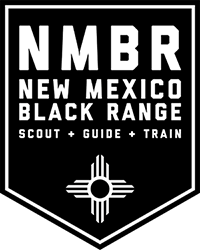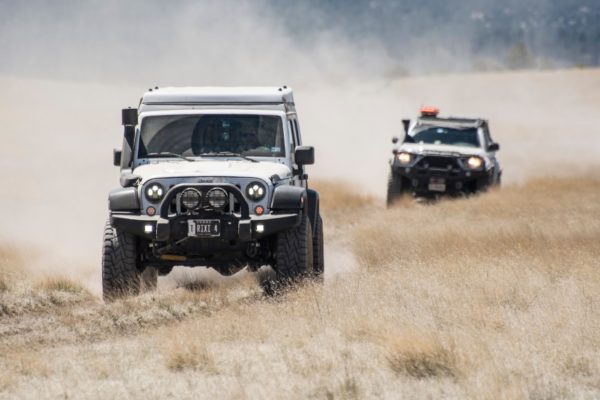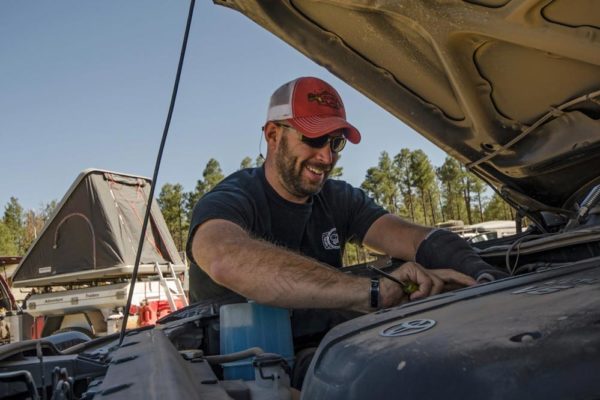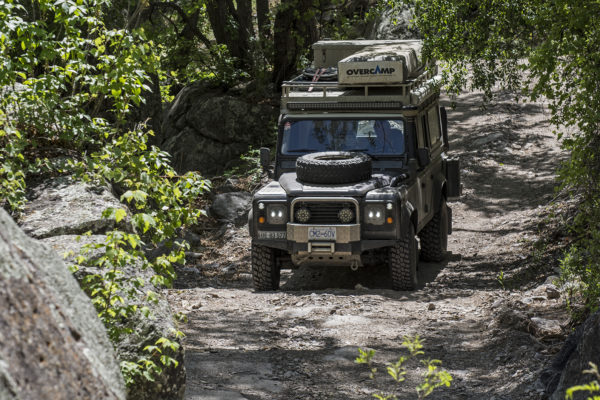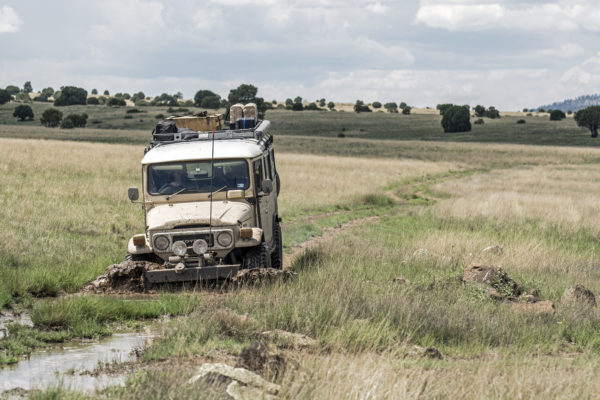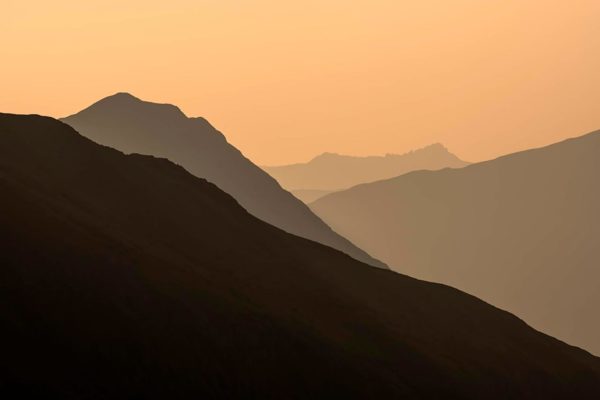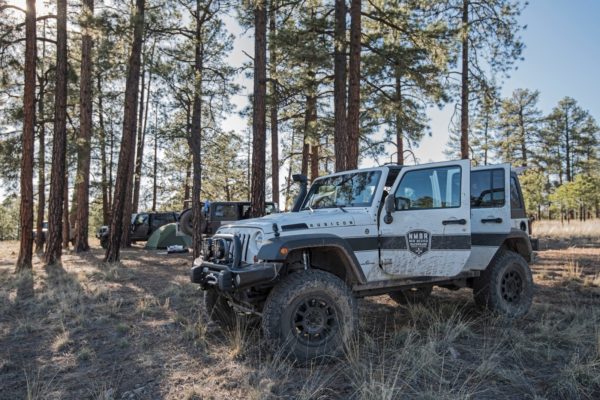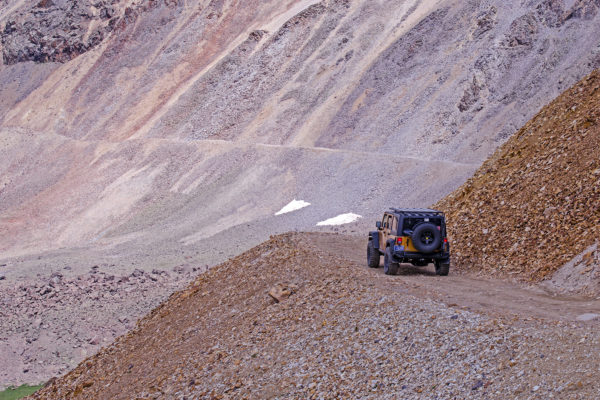Black Fire Overview
The Black Fire started in the Gila Wilderness on May 13th, 2022. The fire was human-caused and currently under investigation. Due to extremely dry and windy conditions, the fire quickly spread into the Aldo Leopold Wilderness, Black Range, and across the Continental Divide. The Black Fire has become the Gila’s largest fire in recorded history and is currently 325,000-plus acres in size (or about 500 square miles). Fire containment is now 70%. At the height of the Black Fire’s activity, 1,200-plus fire personnel were assigned to the incident. Primary fire fuels include timber (primarily ponderosa), duff (ground surface plant-based debris), brush, and tall [dry] grass. Abundant grass fuels are the result and remnants of 2021’s heavy monsoon season.
On Assignment: Images of the Black Fire
Over the past month, NMBR has been on assignment photo documenting wildland fire crew’s tireless efforts to battle the blaze. The monumentally hard and dangerous work of the firefighters is nothing short of incredible. With the early onset of the summer monsoon season, and record area rainfall in late June, the Black Fire has largely slowed with full containment expected soon. Early indications are that the majority of the fire’s total acreage is low-intensity burn.
Series 1 Black Fire Images: Cobra 4 & Golden Eagle Hotshots manage burn-out operations and maintain fire-lines on the southwestern-front of the 325,000-acre Black Fire. Cobra 4 crew are based out of Sequoia National Forest. The Golden Eagle Hotshots are from the Sycuan Indian Reservation (San Diego County, California). The Golden Eagles are one of nine federal Bureau of Indian Affairs (BIA) Native American IHC crews in the USA.











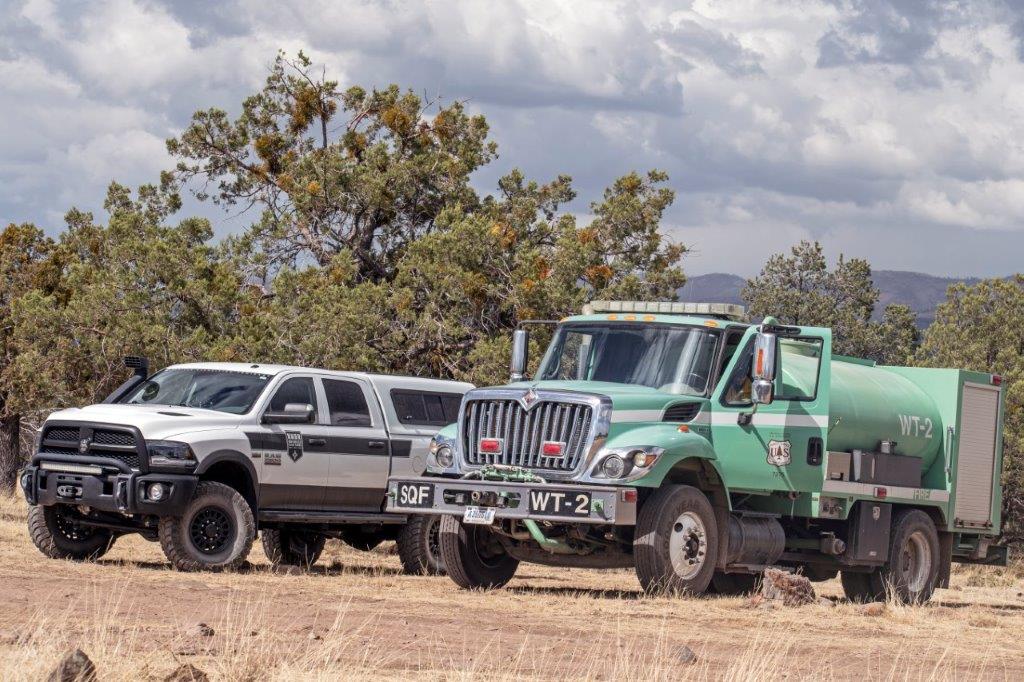















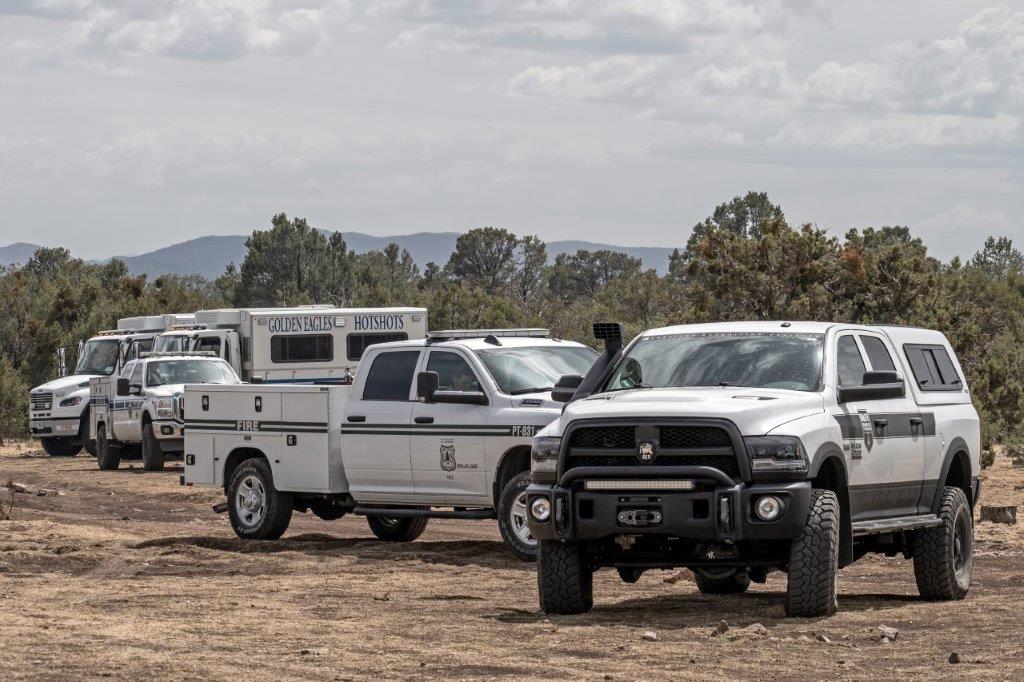
Series 2 Black Fire Images: Grand Canyon Helitack (NPS Grand Canyon) and other interagency air crews mount aerial operations on the southern-front of the Black Fire. Crew members of the Blue Ridge Hotshots (Coconino National Forest) work to fortify fire line and install radiant barrier to structures along New Mexico Highway 152 between Kingston and San Lorenzo. An interagency Hotshot crew (IHC), is a highly mobile hand crew of 20-22 wildland firefighters which responds to large, high-priority fires across the United States.




























The Black Fire: Wildfire's Role in the Forest Ecosystem
While wildfires can be devastating, fire plays an important role in forest ecosystem. Forest fires help clean and clear the forest floor of low-growing underbrush, small trees, and plant-based debris (or duff). Fire helps to release nutrients stored in these low-lying combustibles back into the soil and [eventually] the trees. This natural clearing of the ground surface the forest floor helps promote wider spacing between older growth trees which allows more sunlight to reach the forest floor. The increased sunlight on the ground surface, paired with renewed nutrients, results in new grass growth and healthier trees. This promotes new grass and vegetation growth.
